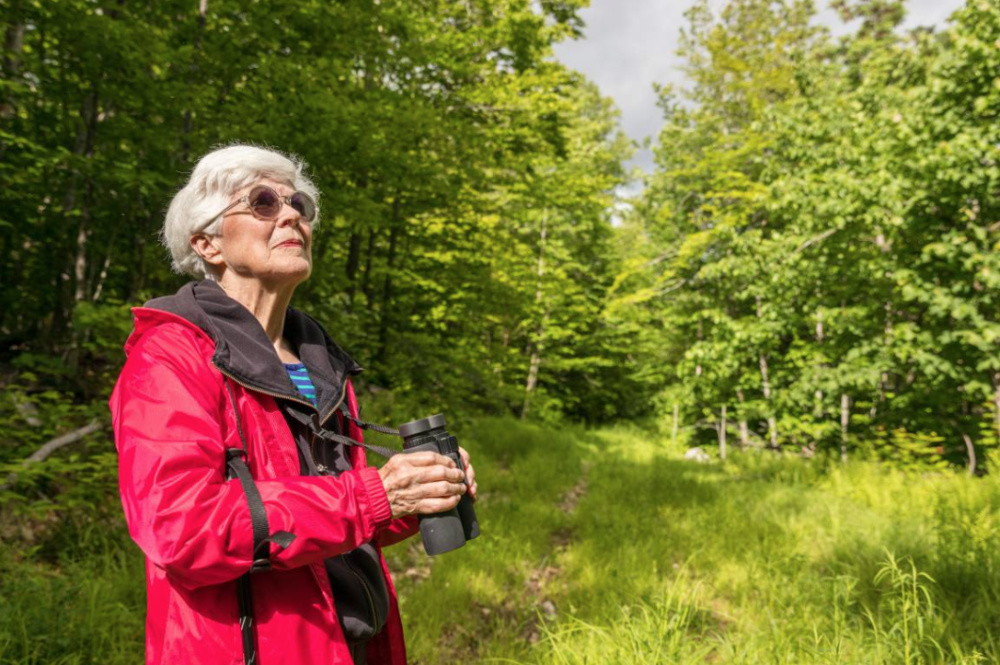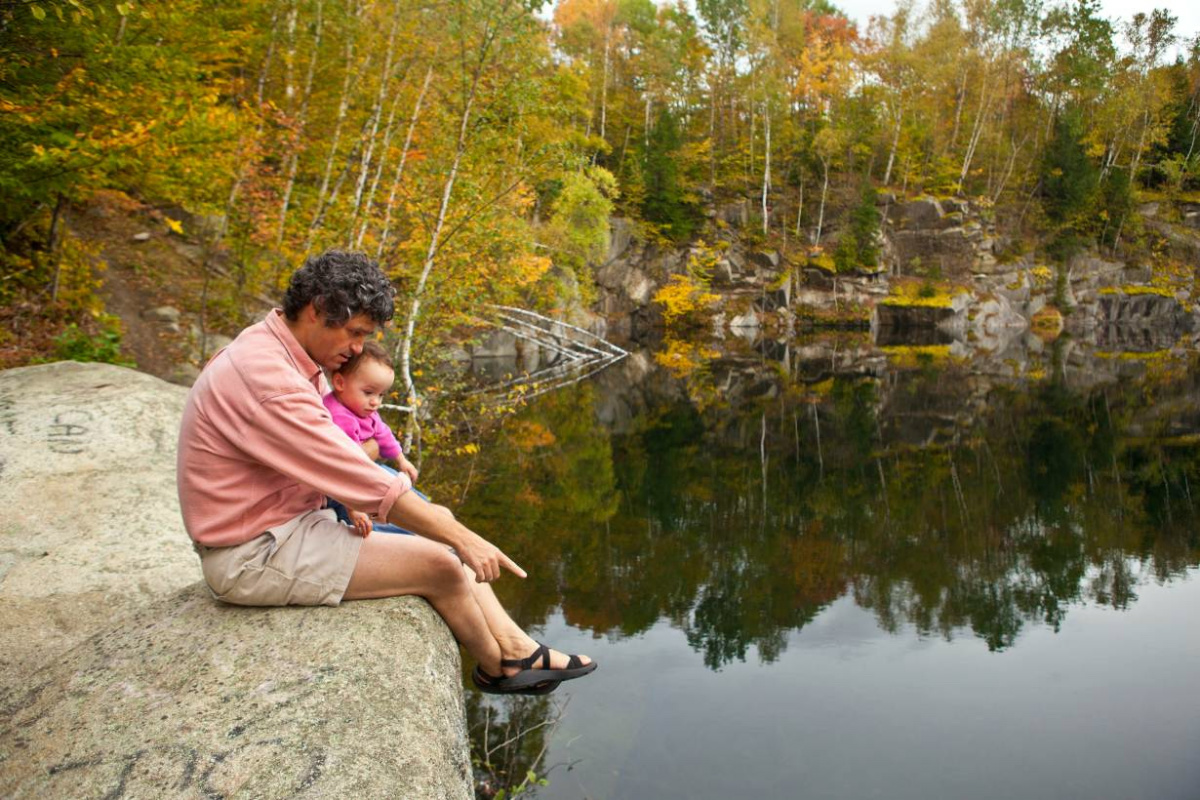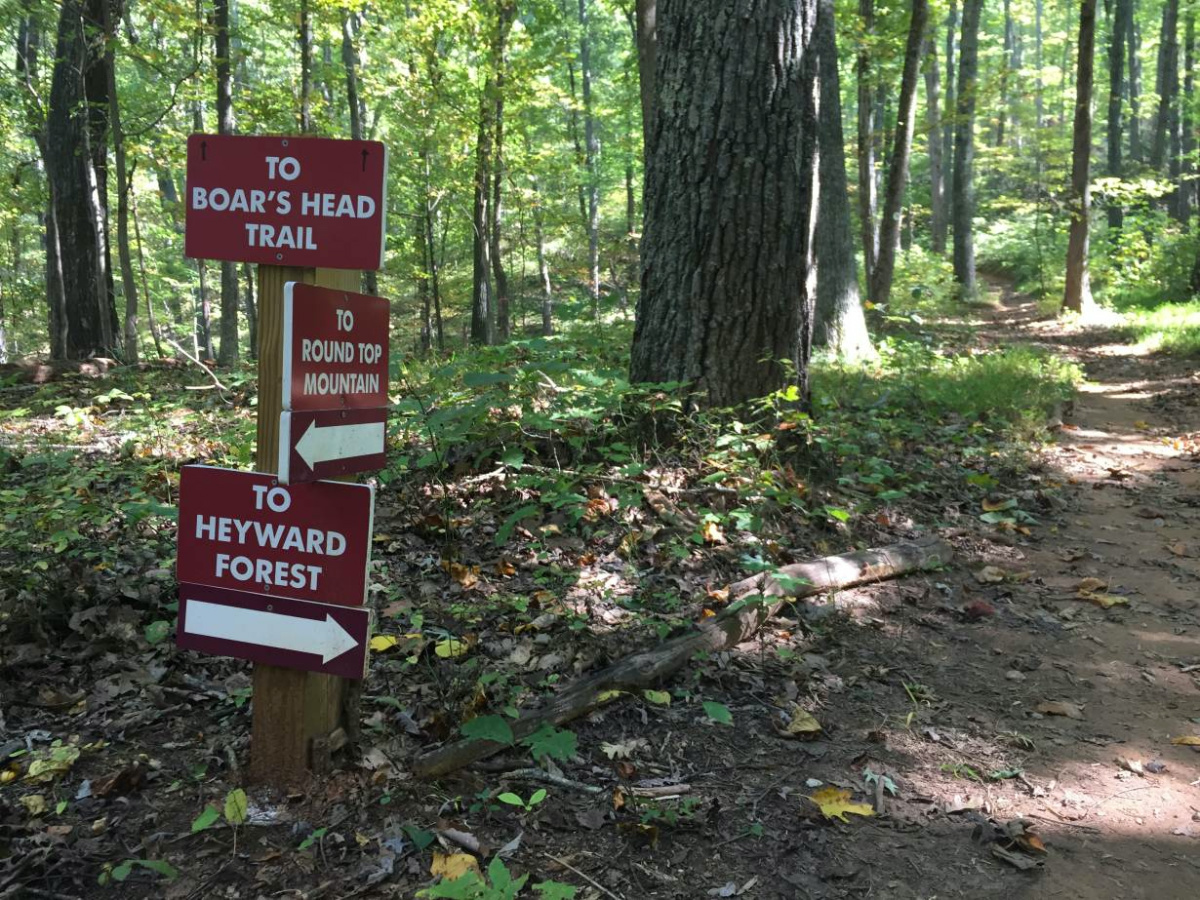
CAREY L BIRON, of Thomson Reuters Foundation, reports on the growing movement of creating urban and rural green spaces that see residents involved local conservation efforts…
Charlottesville, Virginia, US
Thomson Reuters Foundation
Chris Gensic swept his arms around him as he sought to fully explain the scope of the surrounding Virginia forest – as a project, a green space and an opportunity for local residents.
A parks and trails planner for Charlottesville, Gensic was standing just off a new trail in the 57-hectare Heyward Community Forest, which he helped the city buy and which opened to the public just before the pandemic hit.
The new parcel connects other forestlands in the area.
“To have a huge, unbroken forest tract that’s been a forest for a long time – you feel like you’re in a national park, even though you’re two miles out of the city,” he said, surrounded by towering tulip poplars and oaks, their leaves rustling in a warm October breeze.

A birdwatcher stands in the Bethel Community Forest in Bethel, Maine, in the US. PICTURE: Handout photo by Jerry and Marck Monkman courtesy of the Trust for Public Land.
While the city owns Heyward, it is designated as a community forest, purchased in part with funding from a federal program that has helped establish dozens of similar projects across the country in the past decade.
They are all part of a growing movement of creating urban and rural green spaces that involve residents in local conservation efforts, backers say.
“To me the word ‘community’ means all of that – it’s not one agency, one non-profit, but rather the entire community that sees the value in this.”
– Chris Gensic, a parks and trails planner for Charlottesville.
“The community is the one that’s been coming up here and creating trails. The non-profits come up here and remove invasive species. Groups [ask] if they can bring kids up here and educate them,” Gensic told the Thomson Reuters Foundation.
“To me the word ‘community’ means all of that – it’s not one agency, one non-profit, but rather the entire community that sees the value in this,” he added.
Community forests have long been a fixture internationally – in countries such as Nepal and Guatemala – but they have only gained attention in the United States recently, said Shelby Semmes, a director with the non-profit Trust for Public Land.
Over the past decade, there has been “mounting energy” with a spectrum of local aims, like conservation, tourism and watershed protection, as well as halting Black land loss and helping Native American tribes regain their land, she said.
“These forests are permanently conserved, and the benefits from that land are flowing directly to the community and reflecting their values,” Semmes said.
Senator Patrick Leahy of Vermont, who in 2008 authored legislation on community forests, said they serve the public “in numerous ways”, pointing to activities such as hiking and birdwatching and the tourism potential of outdoor recreation.
“They provide children with a place where they can explore the outdoors, and outdoor play is more crucial than ever as we face an epidemic of child obesity,” he said in an emailed statement.
The movement could soon get another boost with the major “Build Back Better” package under discussion in Congress, which includes $US100 million for acquisitions of urban and community forests.

A man and his daughter sit above a pond in Barre Town Forest in Barre, Vermont, in 2010. PICTURE: Handout photo by Jerry and Marcy Monkman courtesy of the Trust for Public Land
Forests owned by counties and towns in certain parts of the country have played vital roles for years, Semmes said, but the idea started gathering steam when the US Forest Service program launched its community forest grants in 2012.
Since then, the program – which is open to local and tribal governments as well as non-profit groups – has helped create more than 60 projects totaling more than 24,000 acres, according to the Forest Service.
The program has so far provided about $US20 million in funding, and helped prompt an additional $US38 million from other sources.
“People are embracing the idea that the forests they rely on for their water and recreation aren’t somewhere else – they’re the woods next door,” said Scott Stewart, a program manager with the Forest Service’s community forests program.
From 2001 to last year, the United States lost 42.2 million hectares of tree cover, according to data tracked by the Global Forest Watch monitoring service.
A first-ever analysis of the benefits of community forests was released in June by the Trust for Public Land, in partnership with the Forest Service.
The report looks at 17 projects and details how, for instance, visitors to a trail system in and around Foy’s Community Forest in Montana spend at least $US3.4 million a year in the local economy.
Randolph Town Forest in New Hampshire leases 35,000 taps a year to produce maple syrup, helping bring jobs and revenue to the town, while the Urban Food Forest in Atlanta includes seven acres of orchards and edible gardens, freely available for harvest and public distribution, the report notes.
“These [forests] are proving to be incredibly important financial investments for the communities,” said Stewart.

Trail signs in the new Heyward Community Forest in Charlottesville, Virginia, in October, 2021. PICTURE: Thomson Reuters Foundation/Carey L Biron
For years, John Littles and his team have focused on righting racial disparities in farming across the southern United States, but increasingly came to realise that many of those same concerns existed among Black landowners in general.
“Programs out there to assist landowners weren’t getting to our African American communities and landowners,” said Littles, executive director of McIntosh Sustainable Environment and Economic Development, a Georgia-based non-profit.
The group wanted to use sustainable forestry to help Black residents keep and make the most of their land but needed the space to run educational programs, he said: “Most of the land in our area is privately owned – we don’t have access to it.”
That changed around 2015, when land in Long County, Georgia, came up for sale, Littles recalled.
“We would be able to control that land, shape that land and use it as a demonstration site,” he said.
We rely on our readers to fund Sight's work - become a financial supporter today!
For more information, head to our Subscriber's page.
With assistance from the nonprofit Conservation Fund and philanthropic groups, the group today owns nearly 465 hectares, where it hosts training sessions on forestry and conservation for youths, landowners, professionals and more.
Local access and control over land is also driving a project in Butte Falls, Oregon.
The tiny town of 450 people was once a company town for the timber industry and remains surrounded by timberland.
It has never controlled that land, however, which has increasingly become a concern for wildfire management, said Mayor Linda Spencer, who said the town also wants to tap into the area’s tourism and educational opportunities.
Butte Falls is now slated to buy from a timber company 174 hectares of former timberland, including a nearby waterfall that Spencer said the town has been trying to get access to for years.
“There’s a bit of astonishment in the community over this – we’re actually going to acquire that land,” she said.






